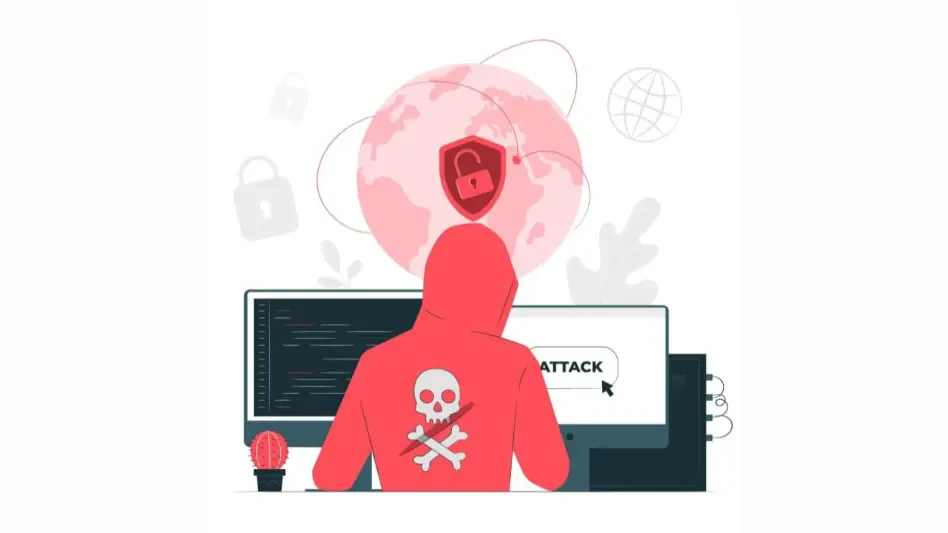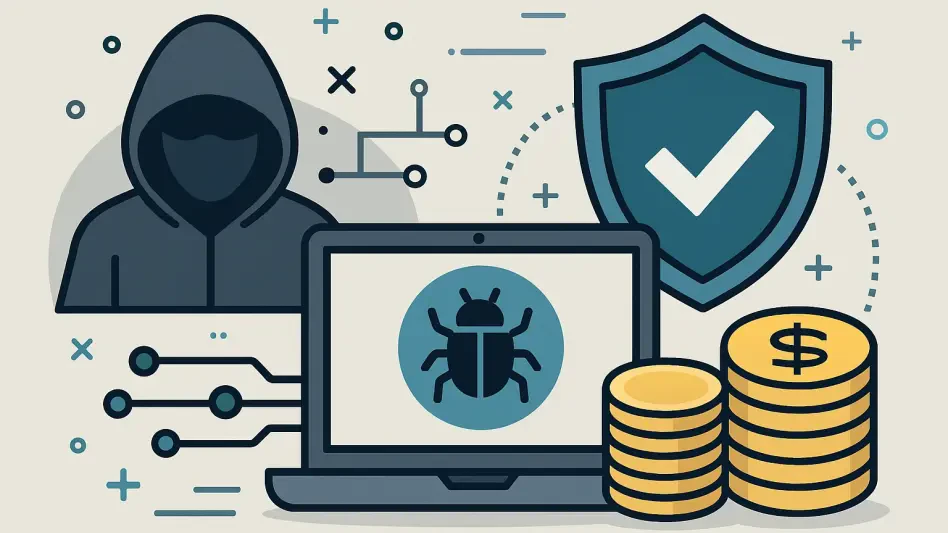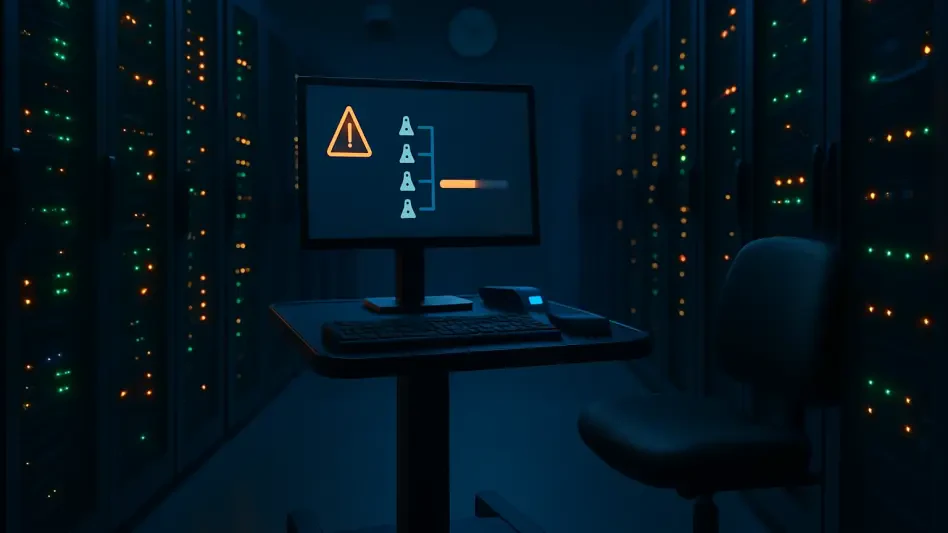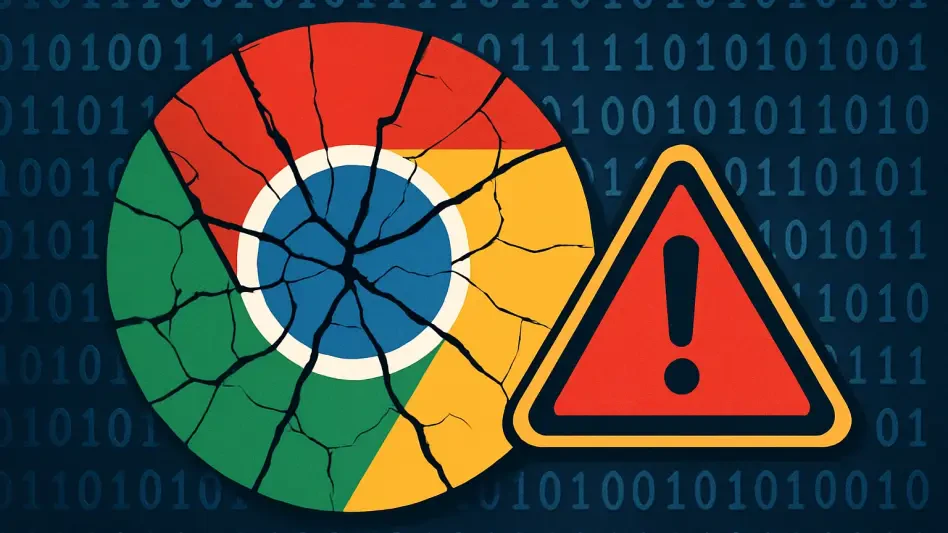In a significant security challenge for organizations, Ivanti’s Endpoint Manager Mobile (EPMM) software has become the focal point of urgent cybersecurity discussions due to vulnerabilities. These flaws, disclosed in March 2025, include an authentication bypass (CVE-2025-4427) and a remote code execution (RCE) vulnerability (CVE-2025-4428). Together, they form a potent threat that has already seen active exploitation by well-organized threat actors. The severity of the situation is accentuated by the capability these vulnerabilities give attackers to execute arbitrary code on compromised systems, an alarming prospect for many users. While each vulnerability independently holds a moderate CVSS score, the synergistic effect of their exploitation marks a substantial risk elevation, warranting immediate attention and action from those utilizing EPMM versions like 11.12.0.4 and prior.
The Mechanics Behind the Security Flaws
Authentication Bypass Explained
Ivanti’s EPMM authentication bypass, dubbed CVE-2025-4427, allows potential attackers to gain unauthorized access to secure API endpoints. The vulnerability is particularly concerning because it enables these attacks without the need for credentials, making systems using affected versions vulnerable. The underlying issue lies in how the software processes user identity claims, failing to incorporate adequate checks or balances that verify these claims before granting access. This flaw becomes especially hazardous in cloud environments where systems are directly exposed to the internet, providing a higher surface area for potential compromise. As these endpoints often hold sensitive data or control critical functions, unauthorized access could lead to severe data breaches, system disruptions, or alterations in mission-critical settings.
Remote Code Execution Vulnerability
The RCE vulnerability (CVE-2025-4428) is one of the most sensitive aspects of the EPMM security concern, allowing attackers to execute arbitrary code on affected systems. Changes in how input is processed within EPMM let threat actors send specially crafted requests that introduce malicious code. This situation can lead to a variety of potentially damaging actions, including data asset manipulation, denial of service, or lateral movement within network infrastructures. Unlike the authentication bypass, the RCE flaw allows deeper access, potentially affecting more layers of a system’s operation. Such vulnerabilities challenge the robustness of cybersecurity defenses and underline the importance of employing swift and effective patching methods. Without timely intervention, organizations risk exposure to attacks that can compromise the overall integrity and confidentiality of their digital operations.
The Growing Threat Environment
Attack Campaigns Unveiled
Sophisticated attack campaigns have emerged in the wake of the Ivanti EPMM vulnerability disclosures. Wiz Research identified a specific threat actor group actively exploiting these flaws to target infrastructure vulnerabilities via a Sliver beacon, communicating with a known command and control server. This pattern mirrors previous incidents tied to PAN-OS vulnerabilities, highlighting a trend among malicious actors to swiftly weaponize newly revealed software weaknesses. Such campaigns underscore a broader dynamic where cybersecurity threats evolve rapidly, often before organizations can adequately defend against them, illustrating the ever-intensifying cybersecurity landscape. The insight gained here emphasizes the critical need for proactive and agile defensive mechanisms, capable of adapting and responding to fast-paced threat evolutions.
Urgency for Immediate Patching
With attack attempts escalating, urgent patching becomes paramount for organizations using vulnerable versions of EPMM. The rapid adaptation of disclosed vulnerabilities by threat actors necessitates that affected systems be patched promptly to mitigate possible exploits. While Ivanti has released fixing updates, it remains imperative that administrators of these systems prioritize patch installations without delay. Besides stopping further breaches, it helps ensure that such swift patches preclude any unpatched exposures from being utilized in potentially damaging or widespread attack cycles. Proactive steps in this regard are essential, not just for rectifying immediate vulnerabilities but also for maintaining a resilient shield against future adversarial actions targeting exposed software environments.
Implications and Forward-Looking Steps
Achieving Cybersecurity Resilience
As Ivanti’s EPMM incident illustrates, achieving robust cybersecurity resilience is an ongoing battle against increasingly sophisticated threats. In the present context, rapid patching has emerged as a critical strategy for defenders to prevent malicious exploits of disclosed vulnerabilities. Such resiliency is essential in combating not only existing threats but also preemptively countering swiftly evolving attack vectors that capitalize on weaknesses in newly developed systems. To bolster organizational defenses, enterprises need to incorporate comprehensive cybersecurity frameworks that emphasize agility and anticipation of diverse threat paradigms. Strengthening collaboration among cybersecurity communities and enhancing real-time information sharing stands as a vital element in achieving this goal, allowing organizations to stay ahead in an ever-challenging cybersecurity landscape.
Looking Ahead in Cyber Defense
The swift adaptation of Ivanti EPMM patches highlights the importance of forward-looking measures in cyber defense strategies. As vulnerabilities continue to surface, proactive practices that facilitate rapid identification, assessment, and mitigation of risks are indispensable. Building resilience requires adopting state-of-the-art technologies for threat detection and layered defense solutions that adapt to progressive changes. Effective security management demands anticipatory strategies that not only focus on immediate threats but also envision long-term mitigation pathways. As the cyber threat landscape grows more complex and agile, organizations must steer towards continually evolving their measures for cybersecurity protection, ensuring they retain robust defenses now and into the future.








